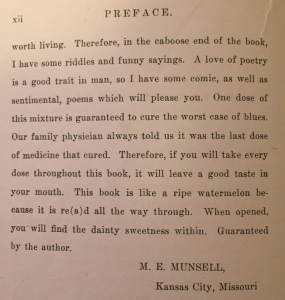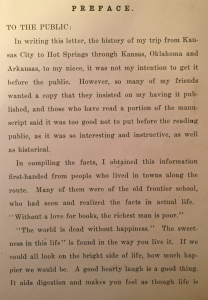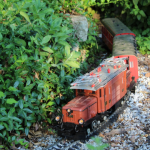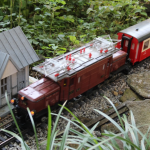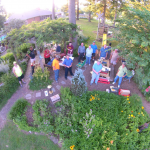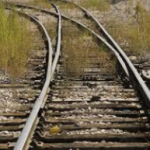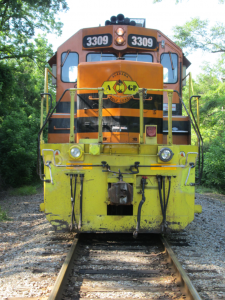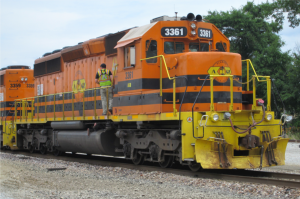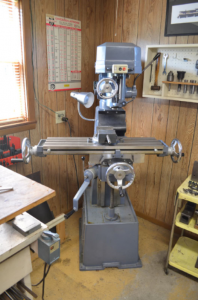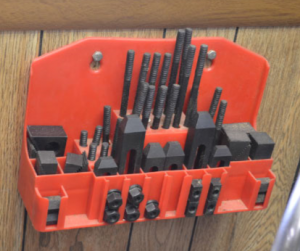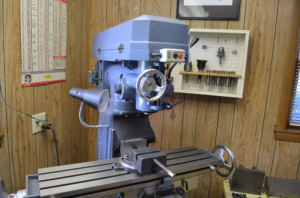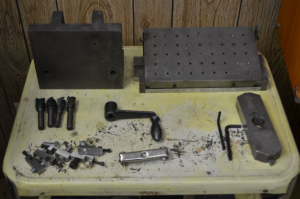New Radios for The Railfan Toolbox by Chris Dees
Ask any die-hard, train-chasing foamer what his/her favorite tools to assist in railfanning are, and the answer will probably include “a radio scanner”. The scanner allows railfans to listen in to dispatchers, train crews, and support personnel perform various tasks from running mainline freights and setting up meets to the local wayfreight setting out cars at local industries. Fishermen use fish finders to catch the “big one”; railfans use scanners. For the most part, present railroad communications continue to be in normal analog mode, and receivable by even the most basic of radio scanners. That will likely change in the future.
Recent changes in radio technology have begun to cloud the horizon of railroad related radio communications. The first change was trunking – basically a sharing of a pool of frequencies that are assigned on demand. Thankfully, there is limited usage of trunking in everyday railroad operations, save for some major yard operations and transit authorities in major metropolitan areas.
The other change, digital radio, has posed a more darker, ominous cloud for railfans. Three major types of digital radio formats – all of which are incompatible with each other – are being utilized: Project 25, NXDN, and DMR. Project 25 is most commonly used in public safety communications for fire, EMS, and law enforcement; Hopkins County and Madisonville utilizes this type of digital format for their public safety operations. NXDN, or Nexedge, is the proposed format to be utilized by railroads; Christian County and Hopkinsville utilizes this type of digital format for their public safety operations. DMR, or Digital Mobile Radio, is becoming the de facto standard of digital radio in the business band segment of two-way radio as a cheaper alternative to Project 25.
Until recently, Project 25 was the only digital format that was available in radio scanners, with other modes requiring intensive scanner modifications along with utilizing a PC to process and decode the audio. A rather expensive option, the AOR DV-1 radio at $1200, was introduced in 2015 but with several limitations that didn’t allow for ease-of-use in the field. The other option was to purchase an actual NXDN or DMR radio and get it programmed – again not an easy or inexpensive option.
At this year’s Dayton, Ohio Amateur Radio Convention known as Hamvention, two major announcements from Uniden and Whistler Group brought great news to scanner users regarding DMR and NXDN. First, Uniden Corporation announced a soon-to-be-released upgrade to its BCD436-HP and BCD536-HP scanners that will allow reception and decoding of DMR. Then, Whistler Group announced two new models, the TRX-1 and TRX-2 radios, which will also allow reception of DMR, with NXDN decoding noted as being under development. Regardless of brand loyalty, these two announcements have given the railfan community a sigh of relief in regards to the future switch to digital radio communications by the industry, regardless of the format. These new developments, however, do come with a larger price tag than your run-of-the-mill analog scanner, with prices in the $300 to $500 range, but with tons of features that will continue to make the scanner a key tool for any railfan.




